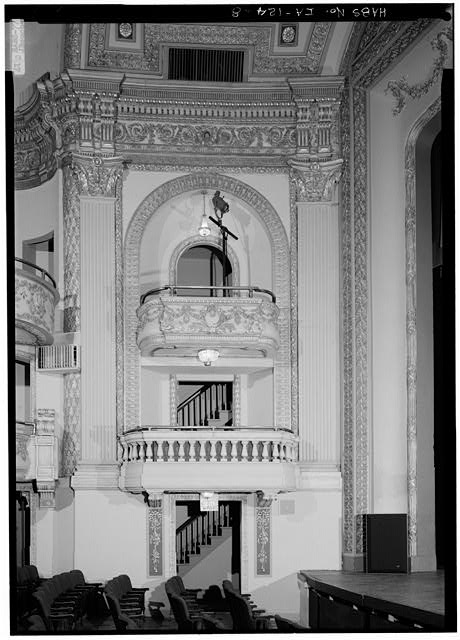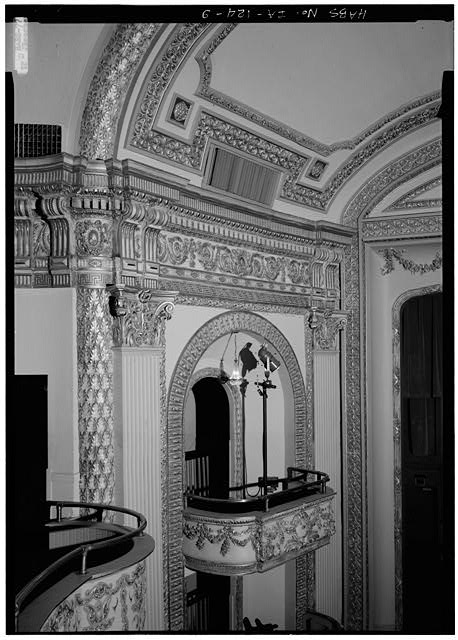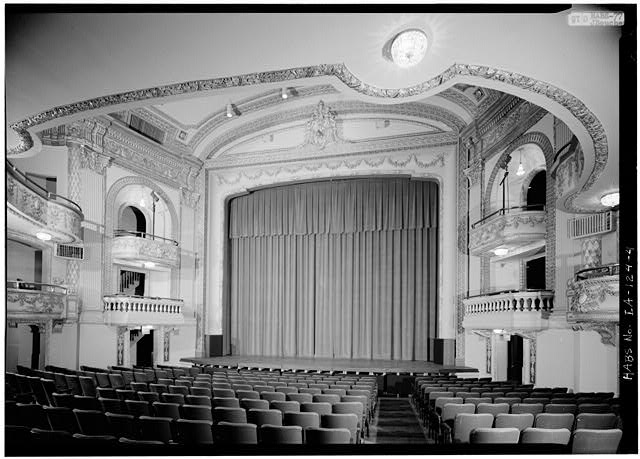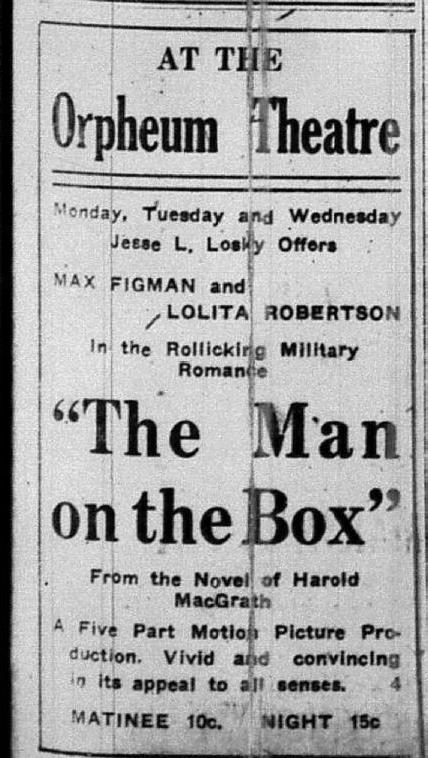Encyclopedia Dubuque
"Encyclopedia Dubuque is the online authority for all things Dubuque, written by the people who know the city best.”
Marshall Cohen—researcher and producer, CNN
Affiliated with the Local History Network of the State Historical Society of Iowa, and the Iowa Museum Association.
ORPHEUM: Difference between revisions
No edit summary |
No edit summary |
||
| Line 36: | Line 36: | ||
In 1969 the Orpheum along with much of the area around Lower Main Street was suffering disastrous economic times. The theater was scheduled for demolition as part of a fifteen-block [[URBAN RENEWAL]] project. There was consideration for razing the theater and constructing a comparable modern replacement until the financial and historical considerations were made. Razing the Orpheum, building a replacement theater was estimated to cost between $1,250,000 and $1,500,000. Renovation of the Orpheum and building a civic center was estimated then to cost $1.3 million. Historically, the Orpheum was located on a theater location since the [[ATHENAEUM]] in 1840. Architectural historian Denys Peter Myers of the federal Historic Buildings Survey had written: | In 1969 the Orpheum along with much of the area around Lower Main Street was suffering disastrous economic times. The theater, the successor of the [[MAJESTIC THEATRE]] was scheduled for demolition as part of a fifteen-block [[URBAN RENEWAL]] project. There was consideration for razing the theater and constructing a comparable modern replacement until the financial and historical considerations were made. Razing the Orpheum, building a replacement theater was estimated to cost between $1,250,000 and $1,500,000. Renovation of the Orpheum and building a civic center was estimated then to cost $1.3 million. Historically, the Orpheum was located on a theater location since the [[ATHENAEUM]] in 1840. Architectural historian Denys Peter Myers of the federal Historic Buildings Survey had written: | ||
The building has great potential as a preservable example | The building has great potential as a preservable example | ||
Revision as of 05:36, 25 January 2018
ORPHEUM THEATRE. In 1961 Nicholas J. YIANNIAS was assistant manager of ASSOCIATED THEATRES which included the Orpheum Theater, GRAND THEATRE, STATE THEATRE and STRAND THEATER.

In 1969 the Orpheum along with much of the area around Lower Main Street was suffering disastrous economic times. The theater, the successor of the MAJESTIC THEATRE was scheduled for demolition as part of a fifteen-block URBAN RENEWAL project. There was consideration for razing the theater and constructing a comparable modern replacement until the financial and historical considerations were made. Razing the Orpheum, building a replacement theater was estimated to cost between $1,250,000 and $1,500,000. Renovation of the Orpheum and building a civic center was estimated then to cost $1.3 million. Historically, the Orpheum was located on a theater location since the ATHENAEUM in 1840. Architectural historian Denys Peter Myers of the federal Historic Buildings Survey had written:
The building has great potential as a preservable example
of its period. It is an ornament to the city and has an
outstanding attractive interior. Most important, it has a
potentially viable future as a theater and concert hall of
historic importance in connection with the proposed civic
center, since there is a large legitimate state and the
acoustics are excellent. (1)
Led by such community activists as Wayne Andrew NORMAN, Sr., a group developed the idea that private donations could be collected to renovate the theater into part of an exhibition-arts facility. Norman was quoted as saying the project
would enhance the city's architectural heritage. We
need inner city renewal, but I fear that on a national
scale, we're developing what amounts to 'look-alike
cities.' (2)
The project was named for the five national flags that have flown over this area. Articles of incorporation for the proposed civic center stated that if the project failed, the funds collected to that point would revert to the City of Dubuque for a civic project which the council considered worthwhile. (3)
Led by Norman and representatives of the DUBUQUE CHAMBER OF COMMERCE, U. S. Rep. John Culver toured the Orpheum in October, 1971. By then the concept of restoring the theater and constructing a complete exhibition center adjoining it at 5th and Main had grown popular among local business leader and civic officials. The city council, for example, had reserved a full block of urban renewal land to encourage the FIVE FLAGS CIVIC CENTER. (4) Culver pledged he would look into the possibility of federal aid for the estimated $1.3 million project. Possibilities, he believed, lay in the Department of Housing and Urban Development and the National Preservation Act. (5)
---
Source:
1. "Chronology Section," Telegraph Herald, December 28, 1972, p. 20
2. Brimeyer, Jack. "Dubuquers to Push Five Flags Plan Tomorrow in Washington," Telegraph-Herald, February 25, 1973, p. 12
3. "5 Flags Support Sought," Telegraph Herald, November 15, 1973, p. 12
4. Miller, Jim. "Five Flags Loses Shot at $1 Million," Telegraph Herald, April 29, 1974, p. 1
5. "'Town Hall' Meeting Planned to Discuss 5 Flags Future," Telegraph Herald, Deember 5, 1974, p. 18





